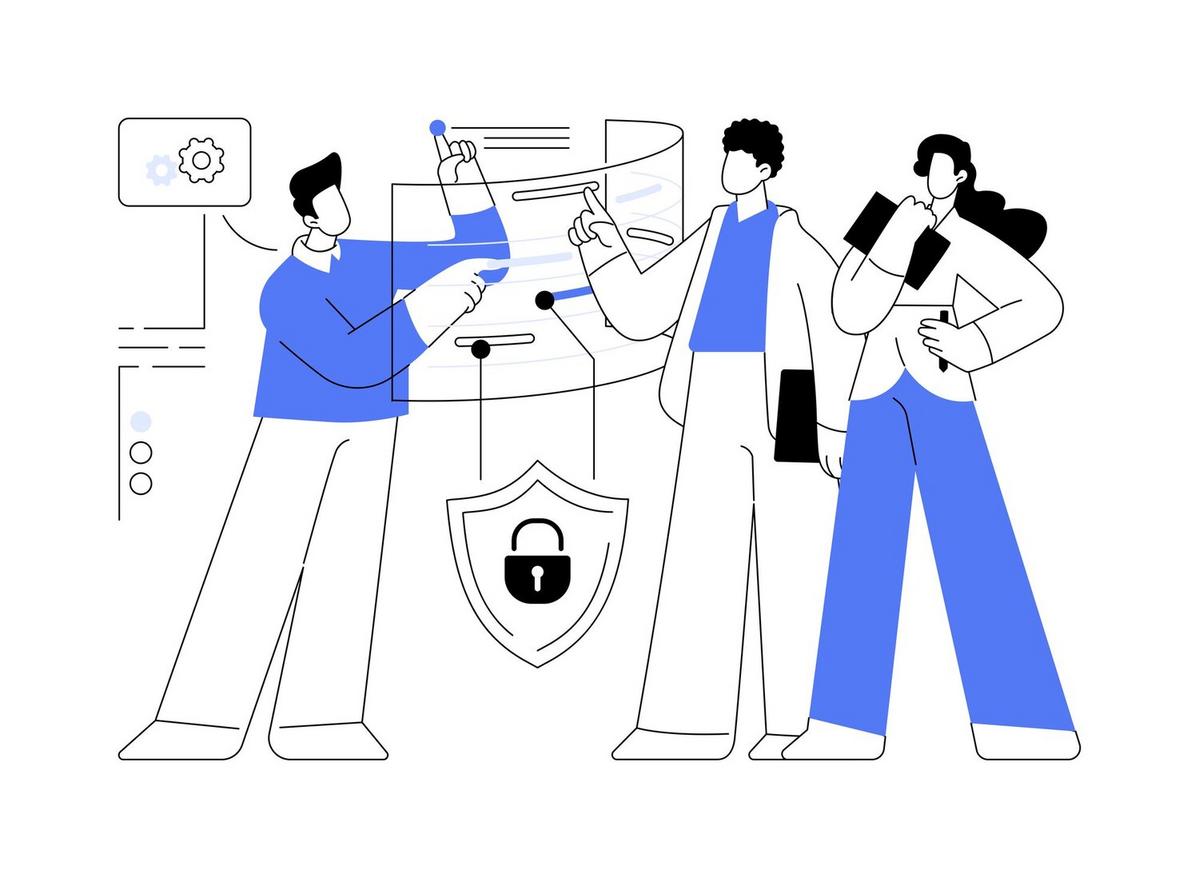
Digital Literacy Initiatives: Bridging the Gap in Rural Areas
Digital literacy is no longer a luxury but a necessity, particularly in rural areas where the digital divide remains a significant barrier. As technology continues to evolve, the need for strong digital skills becomes increasingly vital for personal and community development.
Bridging the digital literacy gap in rural areas is crucial for fostering economic growth and social inclusion. According to a report by the International Telecommunication Union, approximately 3.7 billion people worldwide remain offline, with a significant portion residing in rural regions. This gap highlights the urgent need for targeted digital literacy initiatives.
The Importance of Digital Literacy
Digital literacy enables individuals to effectively use technology to access information, communicate, and participate in the digital economy. In rural areas, where access to traditional educational resources may be limited, digital skills can open doors to new opportunities and empower communities.
Insights from Experts
“Digital literacy is a cornerstone for sustainable development, especially in rural areas where it can transform the way communities access information and resources,” states Dr. Maria Sanchez, a renowned expert in digital education.
Statistics and Research
A study by the World Bank shows that enhancing digital literacy in rural areas can increase employment rates by up to 15%. Furthermore, communities with access to digital education programs show improved economic outcomes and increased civic engagement.
Real-Life Examples
Consider James, a farmer in a remote village who, through a local digital literacy program, learned to use agricultural apps. These tools have enabled him to optimize crop yields and connect with broader markets, significantly improving his livelihood.
Actionable Steps to Enhance Digital Literacy
- Introduce community-based workshops that focus on essential digital skills.
- Partner with tech companies to provide access to affordable devices and internet services.
- Encourage local schools to integrate digital literacy in their curriculums.
Resources and Support
Organizations such as the Digital Literacy Foundation offer free online courses and resources that can be invaluable for both individuals and educators looking to improve digital skills. For more information, you can visit their website.
| Organization | Resource Type | Website |
|---|---|---|
| Digital Literacy Foundation | Online Courses | digitalliteracyfoundation.org |
| Rural Tech Initiative | Workshops and Training | ruraltechinitiative.org |
| Community Connect | Device Access Programs | communityconnect.org |
| EdTech for All | Curriculum Development | edtechforall.org |
| Open Learning Portal | Free Tutorials | openlearningportal.org |
| Tech Access Group | Internet Access Solutions | techaccessgroup.org |
| Global EdTech Network | Research and Reports | globaledtechnetwork.org |
| Inclusion Tech | Advocacy and Policy | inclusiontech.org |
Frequently Asked Questions
How can digital literacy impact rural economies?
Improved digital literacy can lead to better job opportunities, increased productivity, and enhanced access to services, thereby boosting local economies.
What are the barriers to digital literacy in rural areas?
Common barriers include lack of access to technology, limited internet connectivity, and insufficient educational resources.
How can communities support digital literacy?
Communities can support digital literacy by organizing training sessions, advocating for better infrastructure, and providing access to necessary tools and resources.
Conclusion
In conclusion, digital literacy initiatives in rural areas are essential for narrowing the digital divide and fostering economic and social growth. By implementing practical strategies and leveraging available resources, communities can empower individuals to thrive in the digital age. Taking action today will pave the way for a more inclusive and connected tomorrow.


